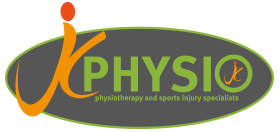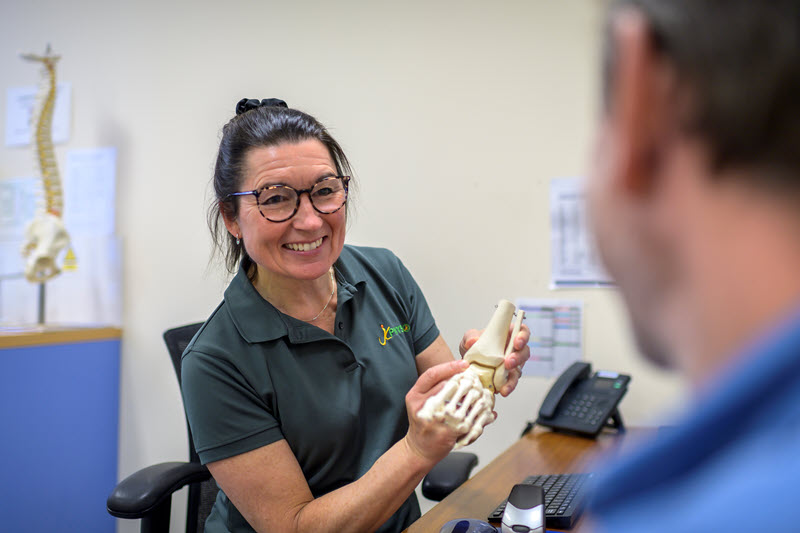What are
Ultrasound guided injections?
Ultrasound uses high frequency sound waves which are transmitted into the body’s tissues using a handheld probe. The returning waves are then computed to create an image of the anatomy within the body. Ultrasound is often used diagnostically to aid accurate assessment prior to the injection.
When performing an injection, the ultrasound waves rebound from the needle as it progresses into the tissues of the body allowing clear visualisation of the needle tip and therefore accurate guidance of the injection to the target site. An ultrasound guided injection can be corticosteroid, hyaluronic acid or PRP (platelet rich plasma). Ultrasound guidance also allows for a range of highly specialised procedures such as joint aspiration (draining swelling from a joint), barbotage (aspirating calcium deposits from within a tendon) and hydrodistension (stretching ligaments and joint capsule to improve movement).
We can help with:
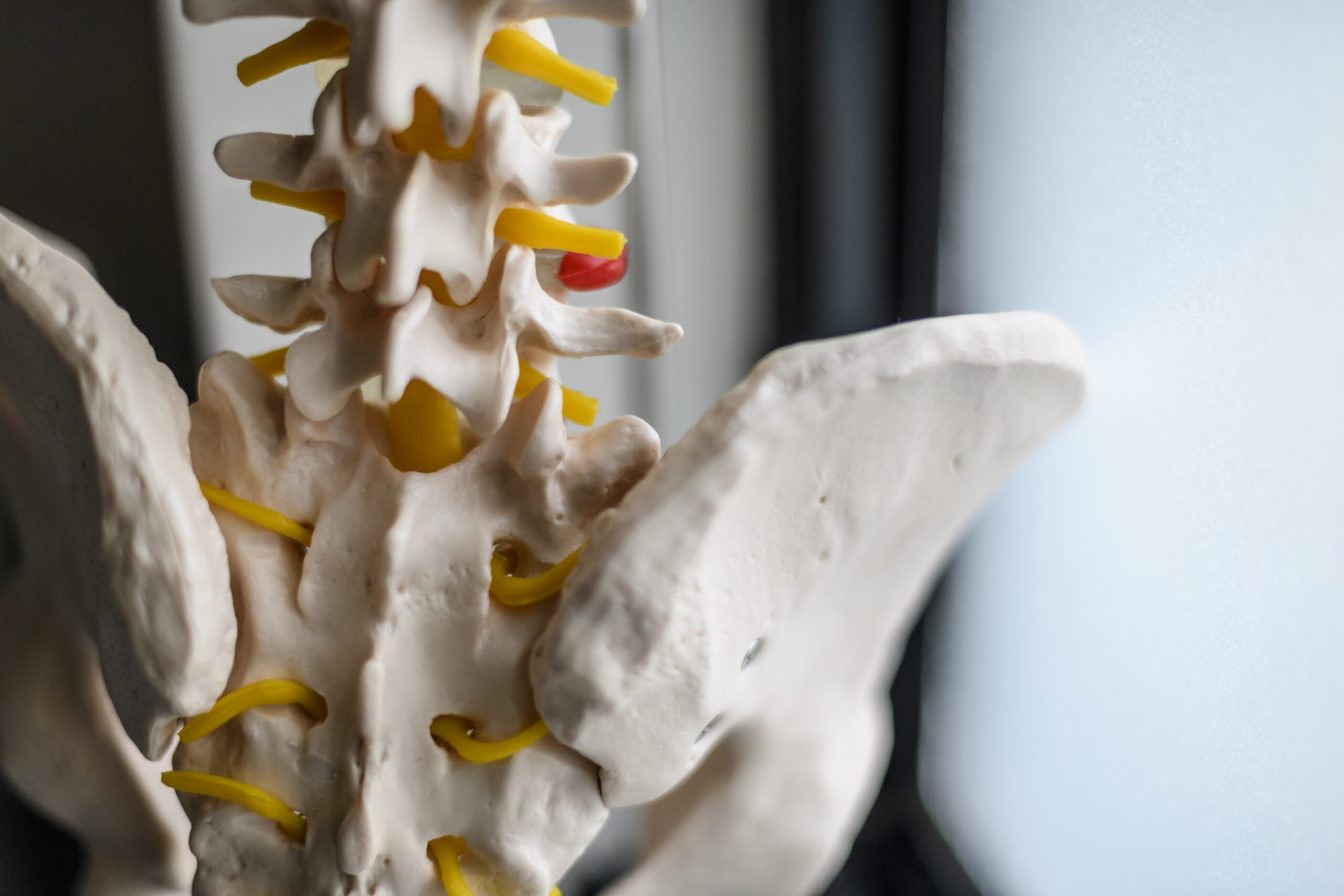
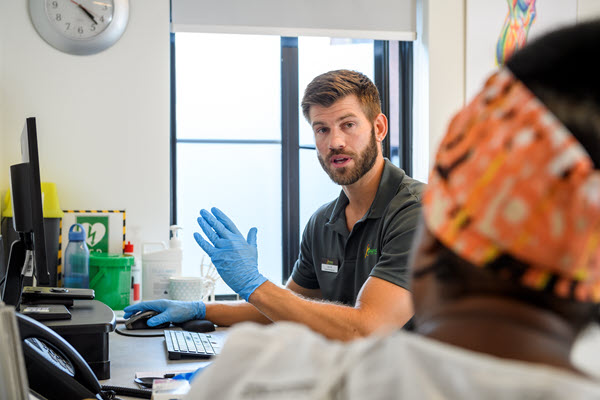
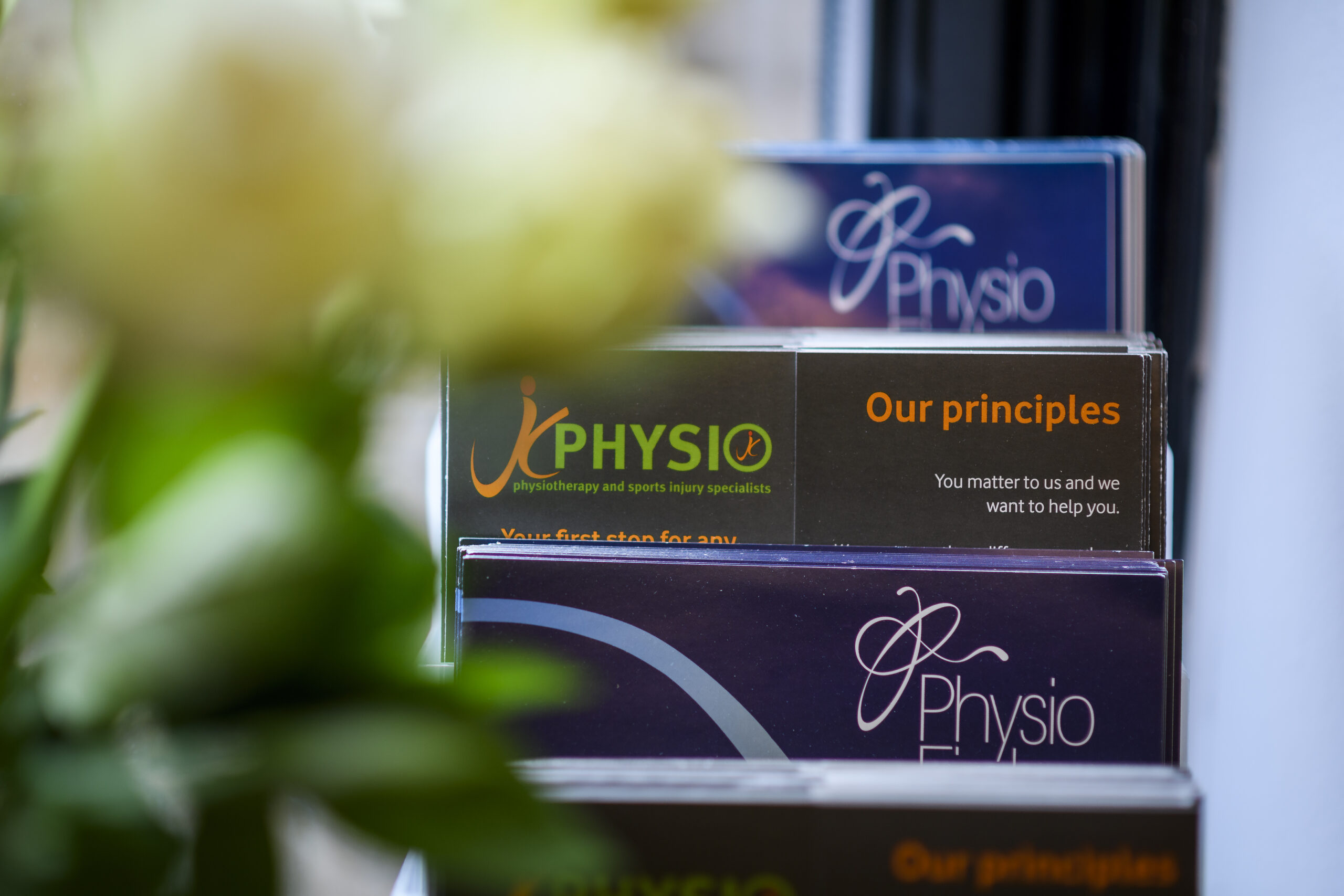
What is the benefit of an ultrasound guided injection vs an injection without ultrasound guidance?
There is a significant body of research which demonstrates that ultrasound guided injections give better levels of pain relief, give longer lasting effects and improve the functionality compared with injections that are done without ultrasound guidance (blind or surface marked injections). There is also evidence that it reduces the risk of trauma or misplacement of the needle and injection substance, therefore improving the safety of the injection whilst reducing the risks of adverse events associated with injection therapy.
I came to see you in February as I had a problem shoulder and had had a steroid injection. I saw you several times as we worked together to get it sorted. My shoulder is now much better with only the occasional twinge. I am so grateful that I came to see you, you are very impressive.
Frequently asked questions.
Most patients tolerate ultrasound guided steroid injections very well.
Guided injections are generally less painful than non-guided injections. Using ultrasound to guide a needle directly to the point of pain means that thinner and shorter needles can often be used. Using thinner needles causes less soft tissue trauma in the surrounding area.
All injections carried out at JK Physio by Luke Millward from Complete Physio are accompanied with the use of local anaesthetic. Local anaesthetic gives between 1 and 2 hours of local numbness. This is long enough to give pain relief during and after the injection and will get you home comfortably.
Occasionally patients may get some discomfort the day after the injection when the local anaesthetic has worn off and before the steroid begins to take affect (normally from about 3 days following the injection). Usually this will be an achy pain and is generally well managed by use of an ice pack or hot water bottle or over the counter painkillers such as Paracetamol. This pain usually settles within 24-48hours. We recommend that patients remain gently active as this often helps settle the discomfort.
Of note, if the area injected becomes very hot and swollen, we recommend an urgent medical review to rule out infection. This is a very rare complication and is thought to occur approximately one in every 50,000 joint injections.
Luke Millward is a highly experienced clinician and carries out over 500 injections a year. He prides himself on providing a comfortable and professional experience during and after every injection.
A diagnostic ultrasound typically takes around 10-15 minutes. Although the amount of time spent scanning is very dependent upon the condition. If the scan is likely to include an ultrasound guided injection the session will take approximately 30 minutes.
No- Here at JK Physio, we can accept patients who wish to book themselves in for steroid injection without the need for a referral.
This is because our expert clinician Luke from Complete Physio who performs the ultrasound guided injections is also fully trained and licensed to prescribe your medications for injection.
Prior to your appointment you will be sent a comprehensive patient information leaflet and you will be required to complete a medical screening questionnaire and a written consent form from Complete Physio. This will highlight any potential medical issues (contraindications) – If you answer ‘yes’ to any of the screening questions you should contact Complete Physio prior to the booking in case they require further information to ensure it is safe to proceed.
Diagnostic Ultrasound followed by a guided steroid injection of a corticosteroid (1 part) £125.
For more advanced techniques and other drugs such as Hyaluronic acid – please ask.
No, not as yet. The use of diagnostic ultrasound and guided injections is not covered by Health Insurance companies.
However, Physiotherapy assessment and treatment at JK Physio is.
Unfortunately, we are unable to provide a copy of the images following your ultrasound. We do, however, provide you with a copy of the report which is shared with your Physiotherapist and can be passed on to your GP if required.
Yes, you will be given a report detailing the findings of the ultrasound and the injection performed and the drug administered. This can be passed on to your GP or treating Physiotherapist as required.
On most occasions, people have minimal levels of pain following the injection, however we suggest, where possible, that a friend or relative drive you to your appointment and attends your appointment with you.
Other considerations:
Side Effects – Side effects are very rare, however, to ensure patient safety we ask all patients to remain in the waiting room for 15 minutes after an injection where you can be safely monitored by medically trained staff.
Anxiety – Some patients might feel a little anxious about undertaking a steroid injection and can feel slightly unsteady after the procedure. This is usually very short-lived, commonly lasting no more than a few minutes. Patients will be encouraged to take a seat after the procedure for 15 minutes until these symptoms settle which is usually a couple of minutes.
Other health conditions – Patients with diabetes or poorly controlled blood pressure are advised not to drive immediately after an injection. This is due to the increased potential of the medication to cause a short-term destabilisation of their condition. In rare occasions, this may last for a few days. Patients with poorly controlled blood pressure or diabetes are requested to discuss their condition with their G.P. prior to undertaking a steroid injection.
Lower limb injections and performing an emergency stop – In general, you do not need to notify the DVLA after receiving a steroid injection. However, many insurance companies have strict policies concerning driving after a medical intervention. Often your insurance company will require you to be able to perform an emergency stop safely to comply with your insurance policy. If you are having a lower limb injection such as the hip, knee or foot, we would strongly advise you not to drive to your appointment.
